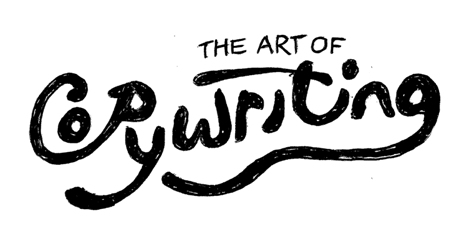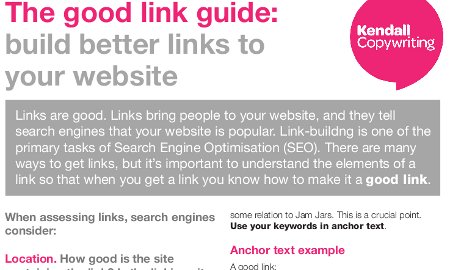Copywriters have a job to do. We have to write the words that do the business. In this blog post series I’ll consider some of the finer points of copywriting – the little things that make a big difference; the tricks and touches that lift copy and make it more persuasive, better at selling and more likely to create a good impression.
Here’s the first part of this series:
Be positive and optimistic
Good copy carries energy and makes statements with positivity and certainty. Bad copy stumbles the reader over hiccups and hillocks, depositing turds of negativity along the way, subliminally suggesting disaster while promising unearthly delights.
Let’s look at some examples of how to fill your copy with energy.
Don’t write:
This training programme is designed to teach you everything you need to know about psychiatry. After three years of hard work you should be equipped to treat the worst conditions of the human mind. There’s no doubt that you will be able to command a killer salary after completing this training.
The example above contains hesitancy (designed, should) and negative words (hard, worst, doubt, killer) which, when assembled together, leave the reader with a vague feeling of failure. Even when the overall message is positive, these bitter tastes of negativity remain. So when you want to sell something, and create a positive feeling in your reader, chose your words carefully.
Do write:
This training programme teaches you everything you need to know about psychiatry. Completing this course will qualify you to treat a wide variety of psychological conditions.
You’ll also notice that replacing ‘designed to teach’ with ‘teaches’ creates a much more compact and direct sentence. As a writer you should be on guard for phrases like ‘designed to’ or ‘gives you the ability to’ because there’s a good chance they are slowing down your sentences and dulling your copy.











